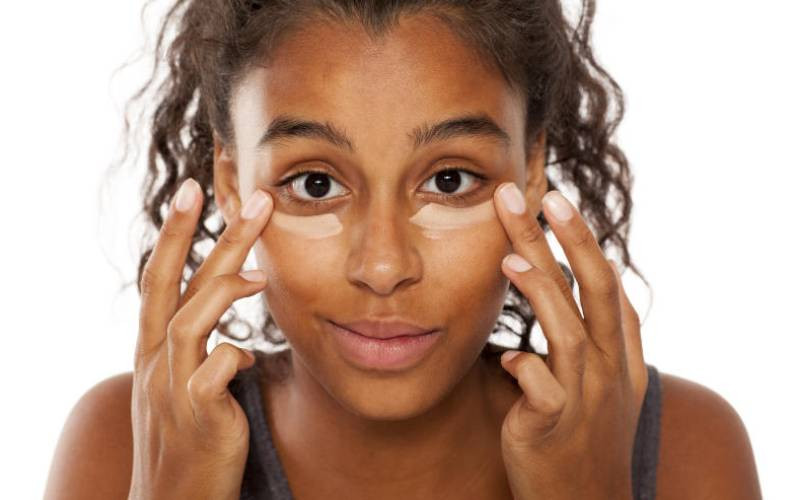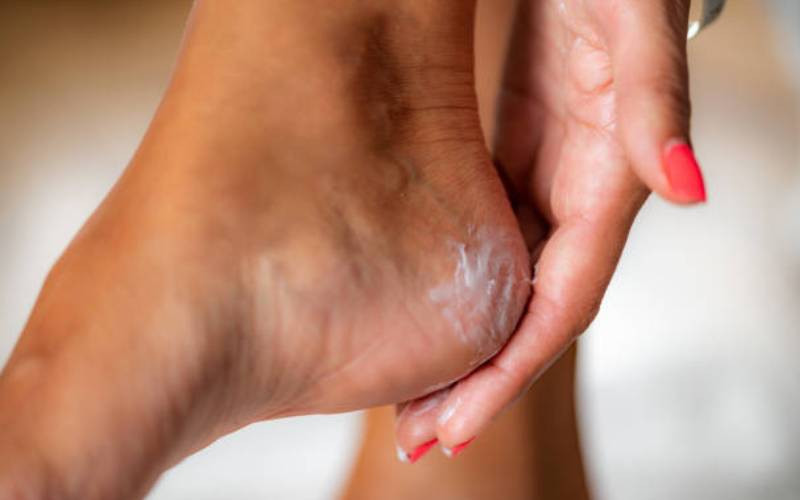
Dry and cracked heels are unsightly and can be uncomfortable and even painful. While they might seem like a minor nuisance, they can indicate underlying health issues or lifestyle habits that need attention. Let’s delve into the common causes and effective solutions for this common foot problem.
IT RUNS IN THE FAMILY
According to Dr Mahendra Bhanuprasad Pancholi, a consultant dermatologist and venereologist, genetic predisposition plays a significant role in developing dry and cracked heels. This can be further aggravated by repeated trauma or infections, particularly fungal infections.
YOUR LIFESTYLE IS TO BLAME
“Walking or running barefoot, especially in hard and dry stony areas, can exacerbate the condition,” says Dr Pancholi. Constant pressure on the feet from prolonged standing or wearing ill-fitting shoes can exacerbate the development of cracks and calluses on the heels. However, he says that it’s improbable that ceramic tiles directly cause dry and cracked heels unless one develops an allergy to the materials.
IT’S A NUTRITIONAL THING
Inadequate Vitamin A and E can certainly aggravate the condition. However, protection remains the best defence against such occurrences; incorporating these vitamins into one’s diet or through supplementation may help dry heel symptoms.
DEHYDRATED SKIN
- Returning to work after maternity leave
- Teach your children good values at an early age
- Keeping your children busy over the holidays
- Safely include your children in the kitchen with these tips
Keep Reading
Cold weather and low humidity levels can strip the skin of its natural moisture, leading to dryness and cracking. Lack of Moisture often stemming from dehydration, is one of the primary reasons for dry heels. Failing to moisturise the feet regularly can lead to dryness of the skin.
OTHER RISK FACTORS
Individuals with neuropathies, diabetes, obesity or congenital deformities of bones and joints, particularly in the lower limbs, are at higher risk for developing dry and cracked heels. Dr Pancholi recommends a combination of treatment and prevention strategies. “Soaking the feet in hot water followed by using keratolytic ointments containing urea and salicylic acid can help soften the skin and remove dead cells,” advises Dr Pancholi. “Protecting the feet from repeated injuries and infections is crucial.”
 The Standard Group Plc is a multi-media organization with investments in media platforms spanning newspaper print
operations, television, radio broadcasting, digital and online services. The Standard Group is recognized as a
leading multi-media house in Kenya with a key influence in matters of national and international interest.
The Standard Group Plc is a multi-media organization with investments in media platforms spanning newspaper print
operations, television, radio broadcasting, digital and online services. The Standard Group is recognized as a
leading multi-media house in Kenya with a key influence in matters of national and international interest.






